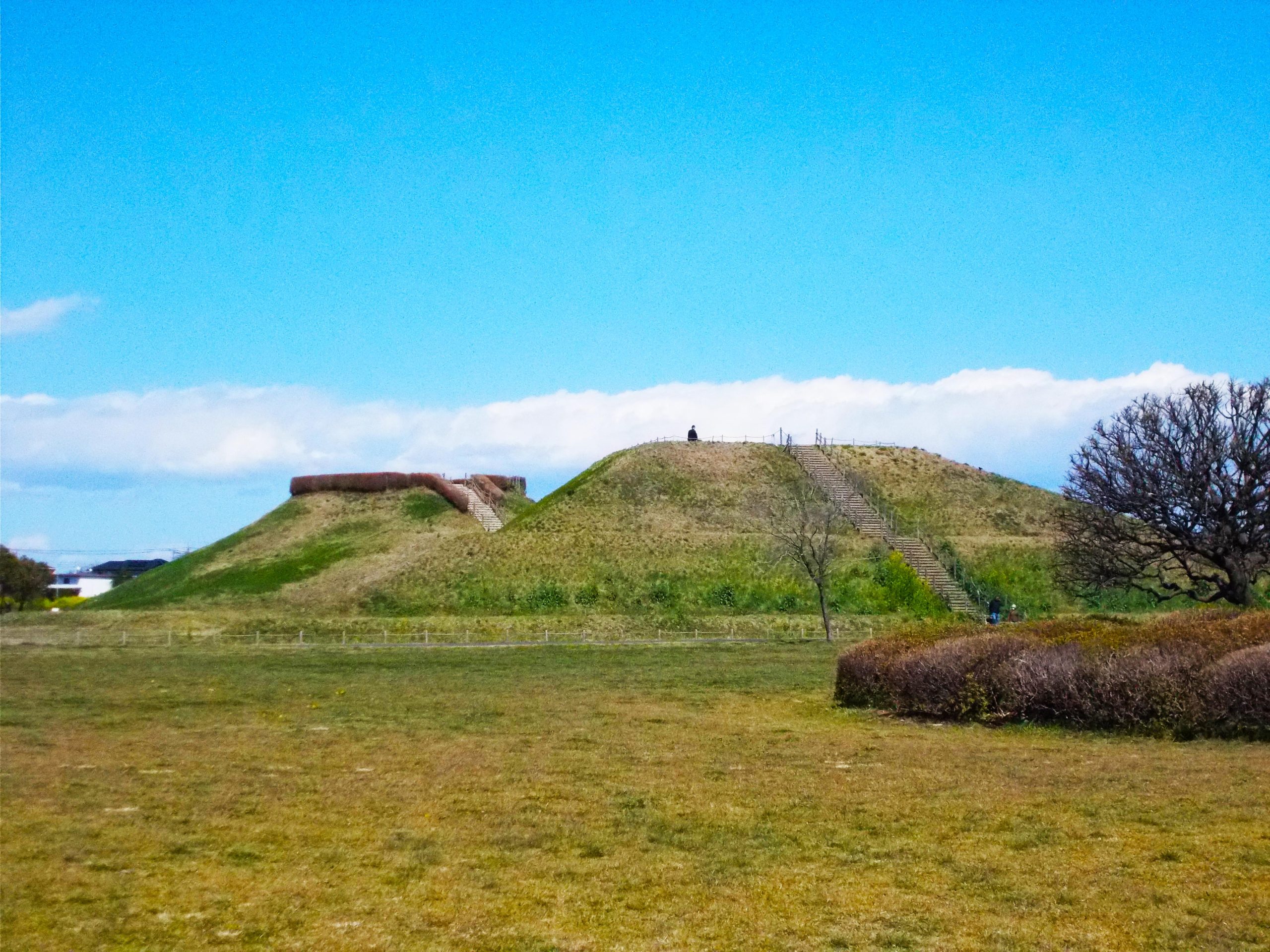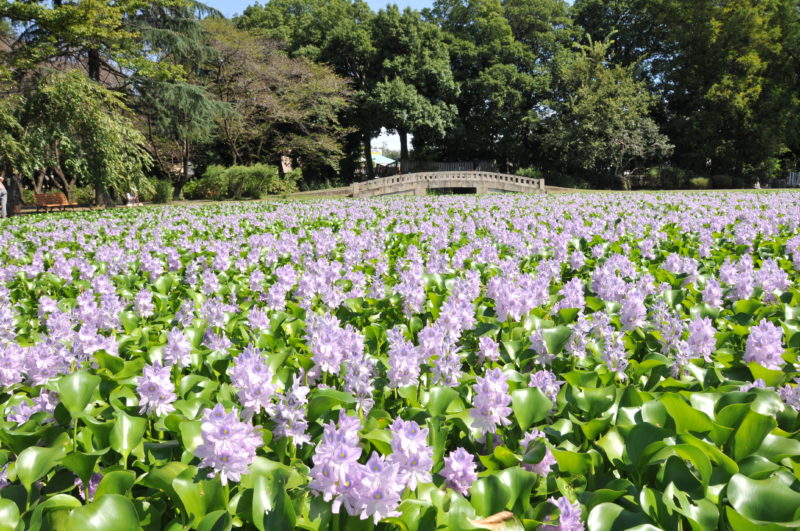Saitama Prefectural Museum of Sakitama Ancient Burial Mounds
sightseeing
Many valuable cultural properties are stored here, such as the “Sakitama Kofun" (megalith tombs) built between the late 5th century and early 7th century and the national treasure “Musashi Sakitama Inariyama Kofun Artifact." At this facility you can also climb both the Inariyama Kofun and Maruhakayama Kofun.
(For more information regarding the facility, please refer to the URL below.)
Basic Information
Location
4834, Sakitama, Gyoda City, Saitama Prefecture
TEL
048-559-1181
Home page
Other
Foreign language support
English/ Chinese/ Spanish













